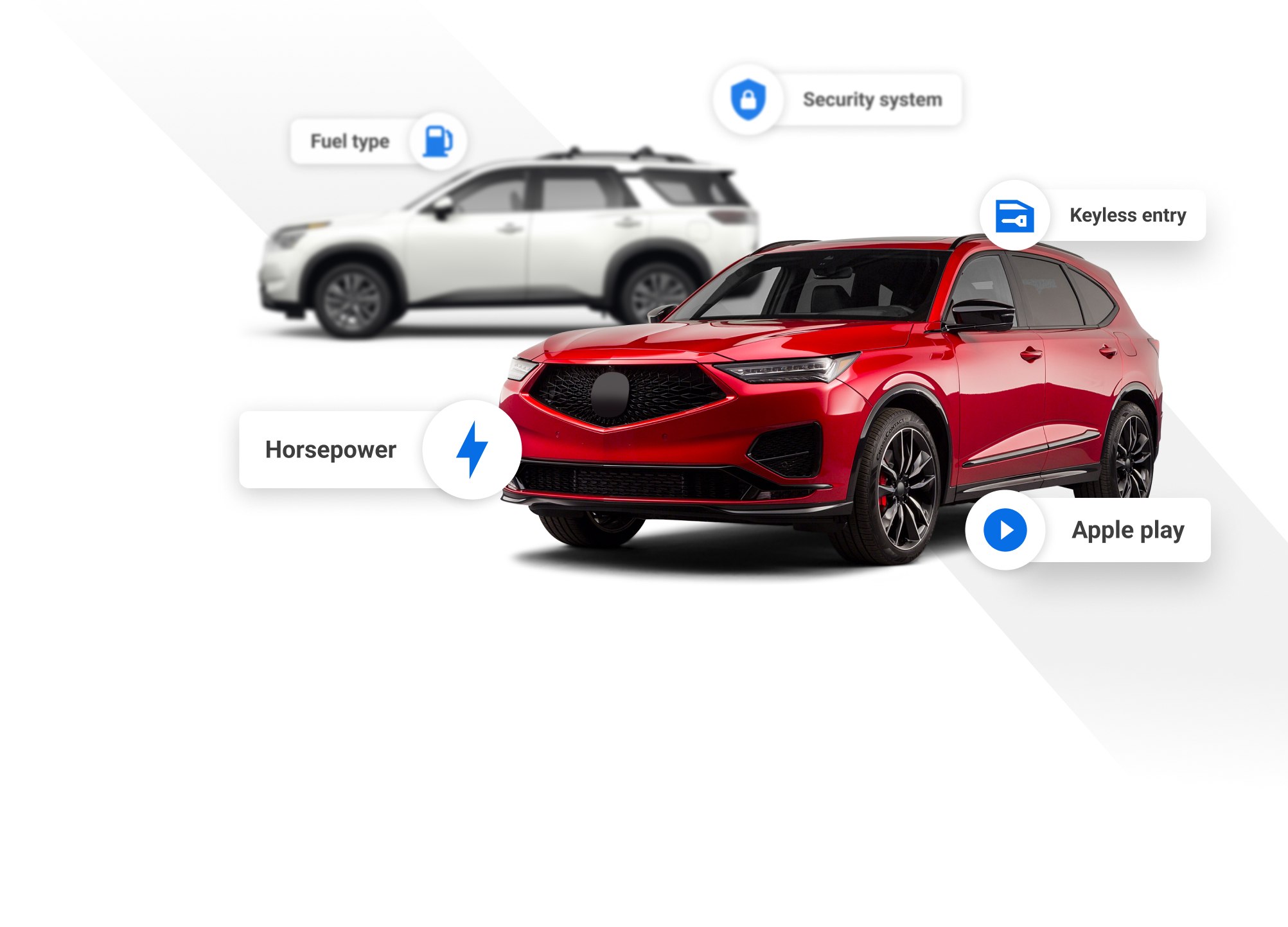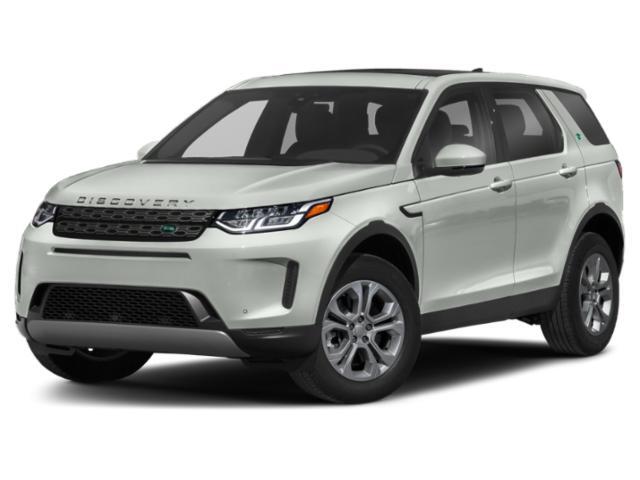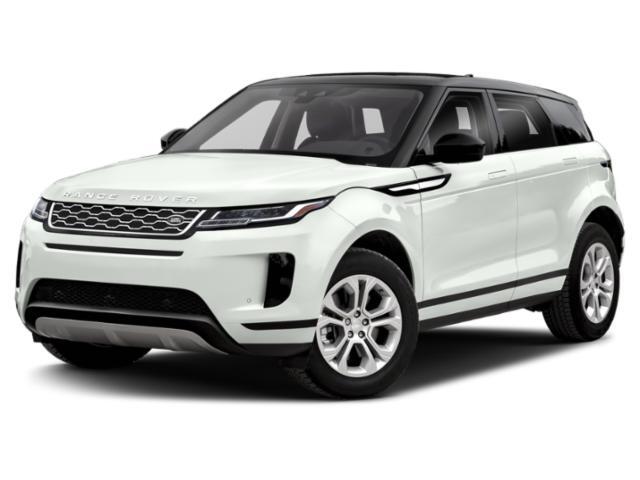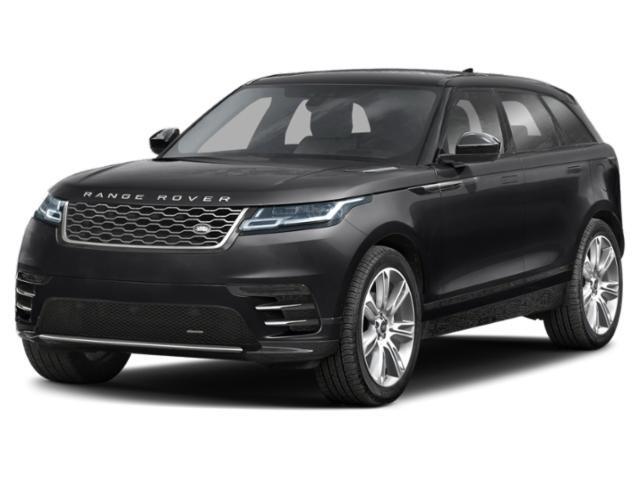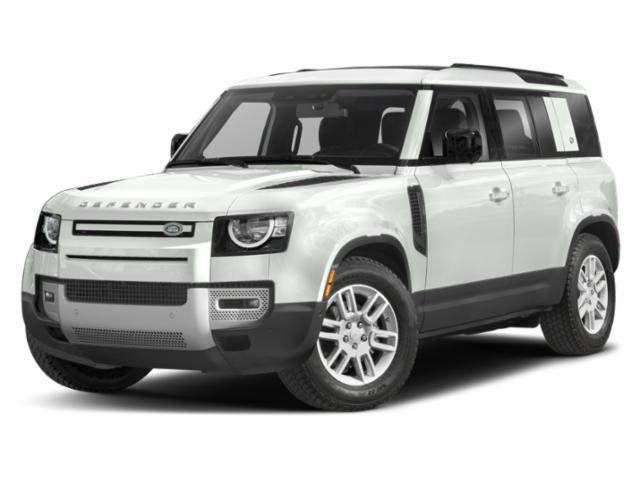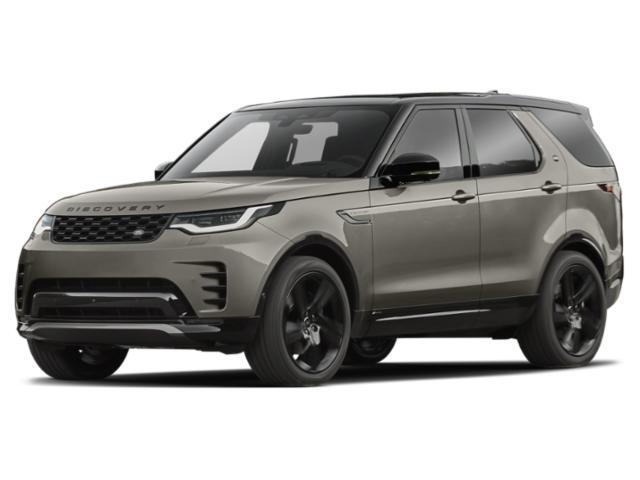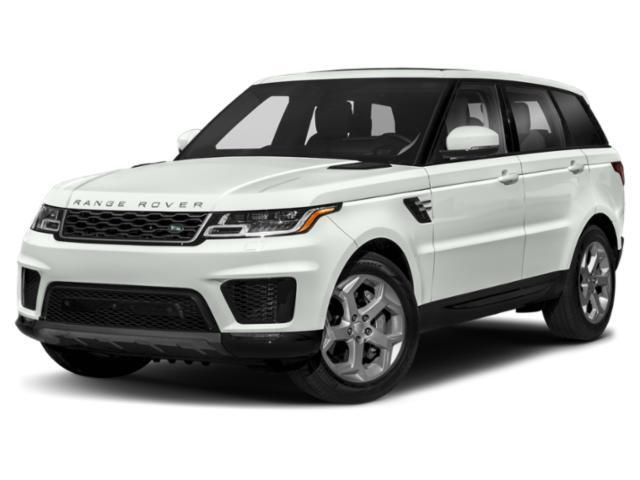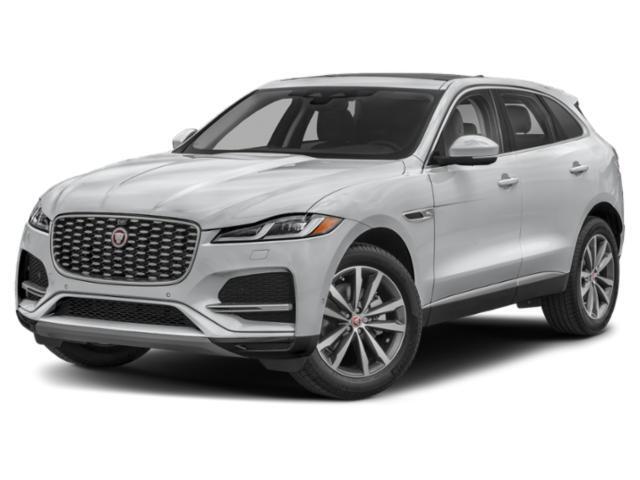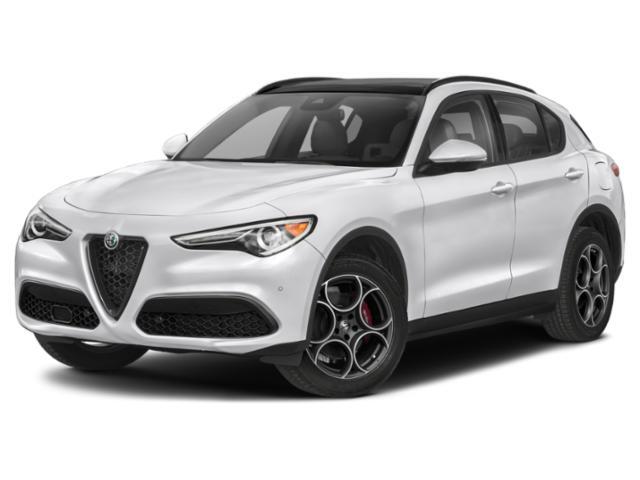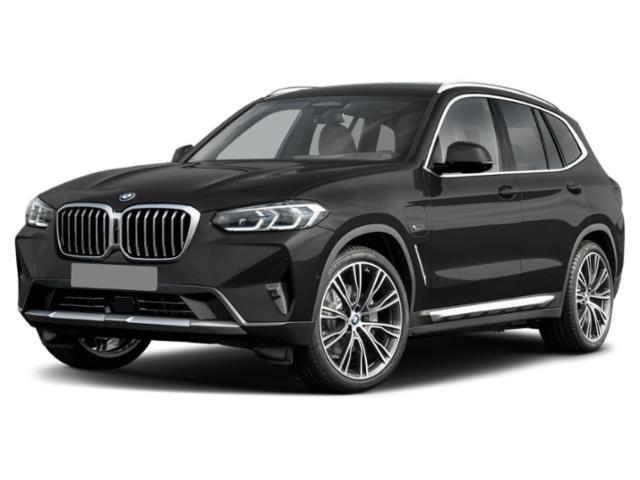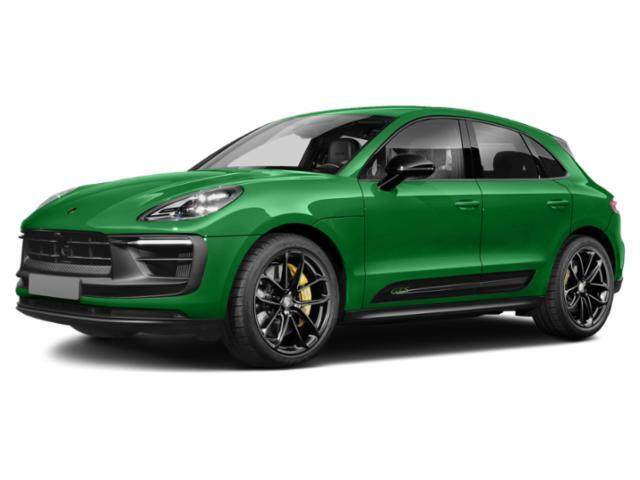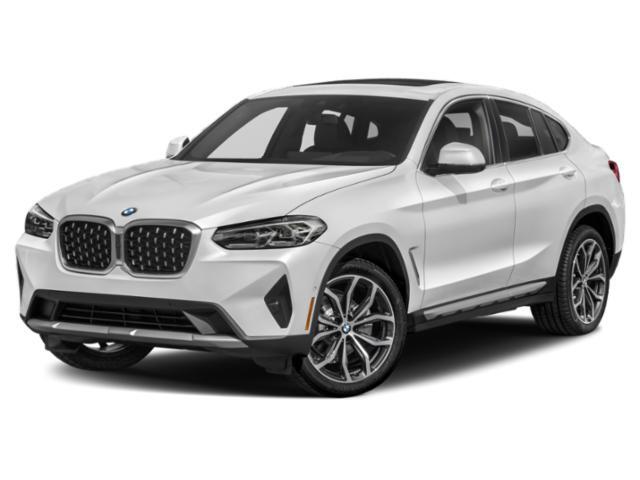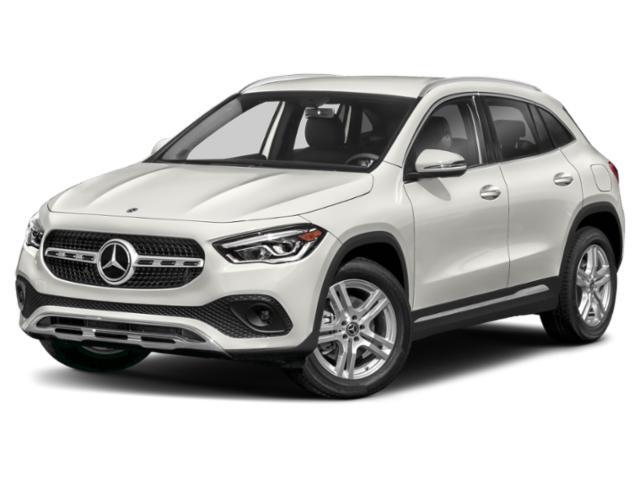
2022 Jaguar E-Pace

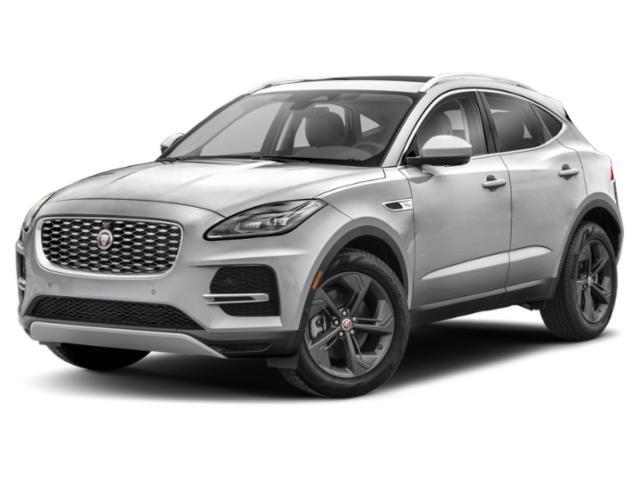
Key Specifications for 2022 Jaguar E-Pace






Buyer’s Guide
History/Overview
Jaguar’s SUV lineup is still in its infancy, with the brand having entered the lucrative crossover category in 2017 with the mid-sized F-Pace. The E-Pace you’re reading about here is a compact model that followed in 2018 and was refreshed in 2021.
What’s New/Key Changes From Last Year
For 2022, the Jaguar E-Pace is unchanged, but does see its price increase.
Available Trims
Jaguar offers the E-Pace in SE and 300 Sport trim levels, both powered by a 2.0L turbo four-cylinder engine, a nine-speed automatic transmission, and AWD.
Standard Features
SE trim’s notable features include a power tailgate, LED headlights and taillights, rain-sensing wipers, power-folding mirrors with driver’s side auto dimming, 19-inch alloy wheels, and passive keyless entry.
Inside, there are heated/power-adjustable front seats, an auto-dimming rearview mirror, dual-zone A/C, an 11.4-inch touchscreen, wireless phone charging, digital gauges, and a heated steering wheel.
300 Sport models add 20-inch wheels, black contrast roof, adaptive dynamics suspension, and a head-up driver display.
Key Options
In SE trim, a dynamic handling package adds the adaptive suspension and configurable dynamics drive modes.
Both E-Pace trims offer a convenience pack (hands-free tailgate, activity key, and storage space rails), and a cold climate pack (heated windshield and heated washer nozzles).
Fuel Economy
Jaguar’s fuel consumption estimates for the E-Pace are 11.2/9.2 L/100 km (city/highway) for SE models, and 11.5/9.2 L/100 km in 300 Sport configuration.
Competition
The upscale compact crossover segment is a busy one: the E-Pace competes with the Land Rover Range Rover Evoque, Porsche Macan, Mercedes-Benz GLC, Audi Q3, Volvo XC40, Cadillac XT4, Lincoln Corsair, Acura RDX, Infiniti QX50, and Lexus NX.
Review & Compare:
Photos

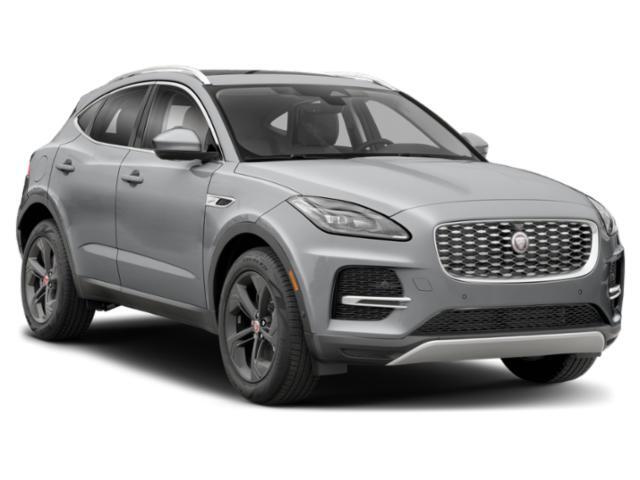
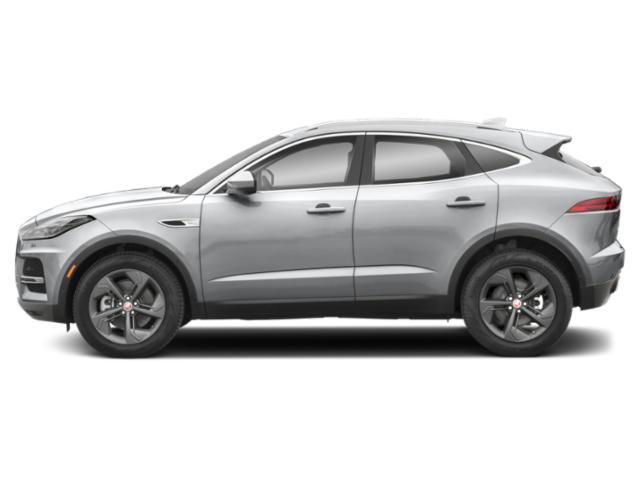
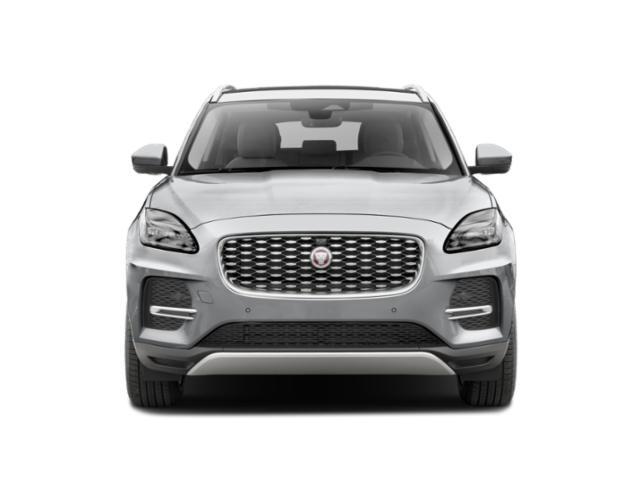
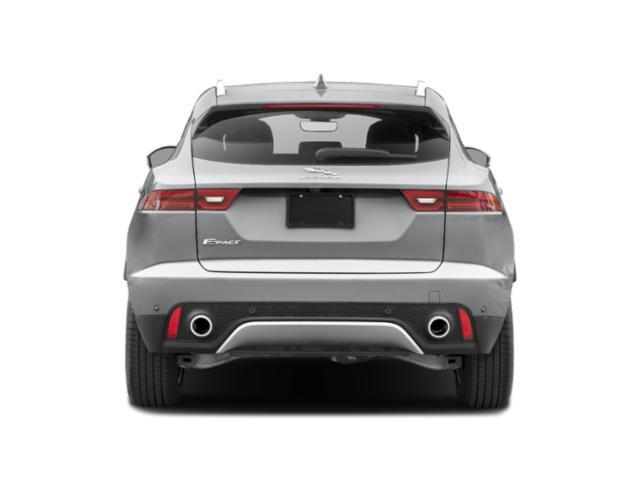
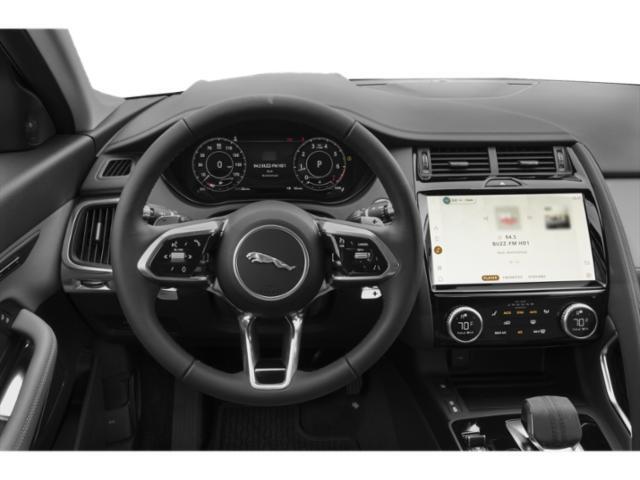
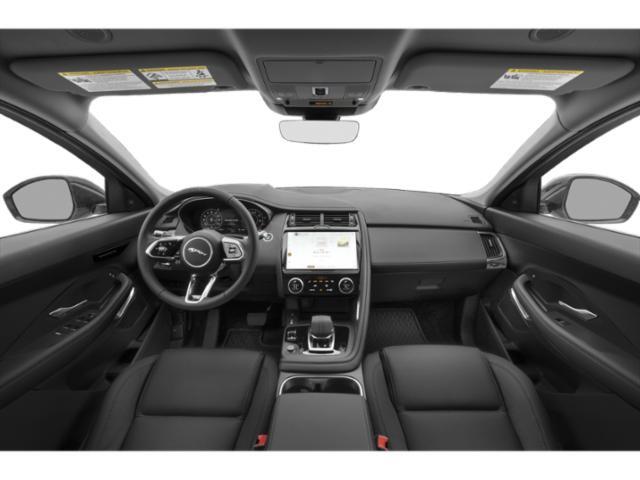
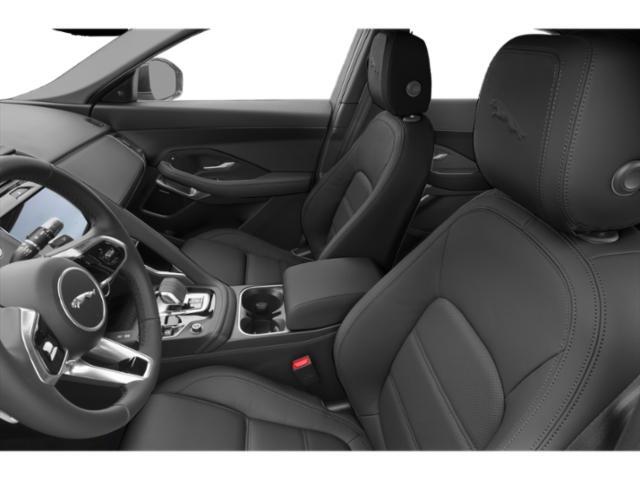
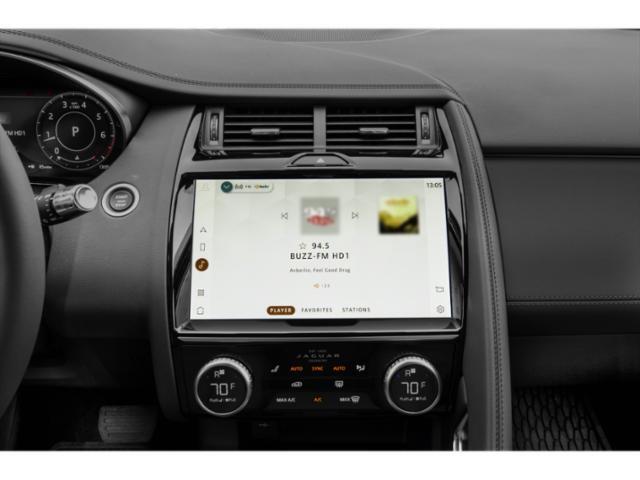
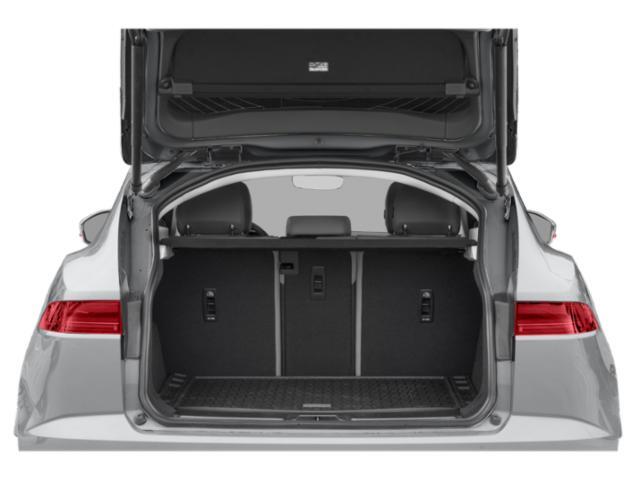
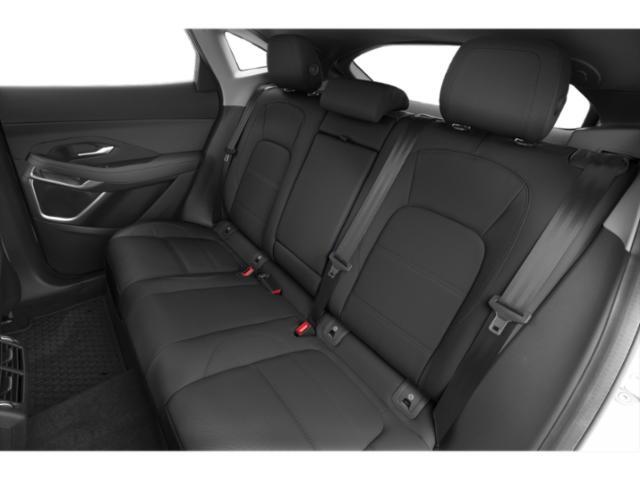
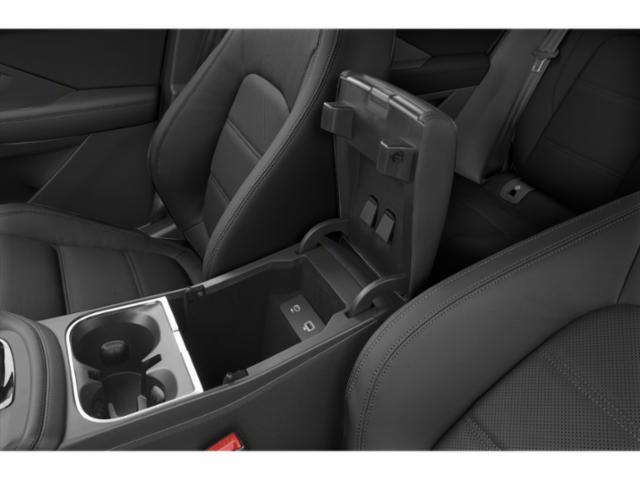
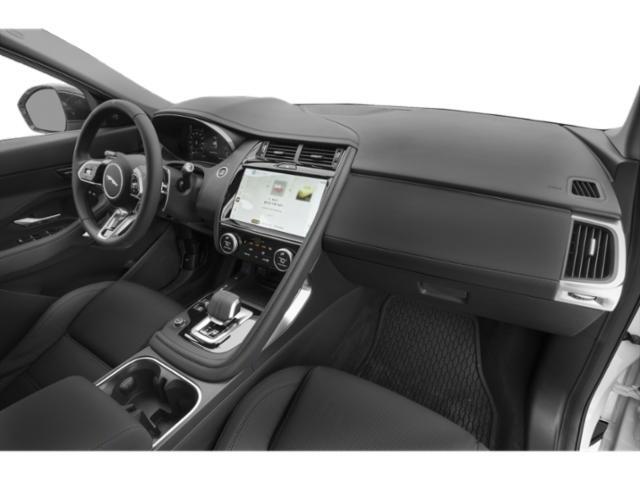
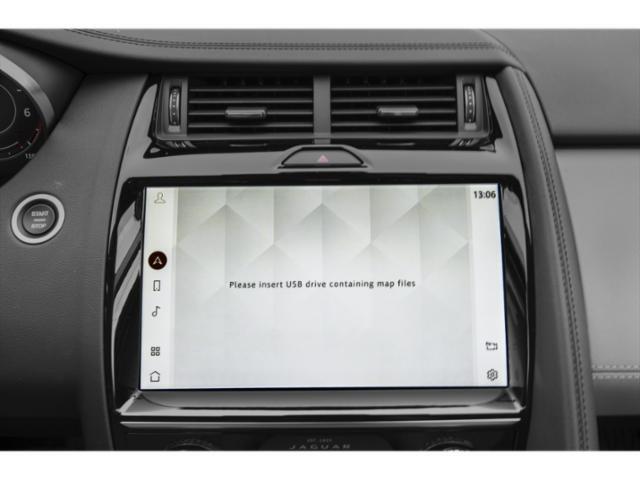














AutoTrader Review


This vehicle has not yet been reviewed



